While Tahiti often conjures up images of romantic (and priceless) overwater bungalows, there's a lot more to it than just romantic, expensive honeymoons. Tahiti is often added to a world trip because it is from New Zealand is easily accessible. From the breathtaking volcanic landscape that forms Moorea to the enchanting Tahitian dance, Tahiti and its islands are vibrant and diverse. It's probably not that hard to convince you to visit Tahiti, but here are some really good reasons to discover this slice of French paradise in the Pacific. bucketlist. to put. Start with the video at the top of the page to get into the right atmosphere!
Also read: A budget-friendly trip to the Maldives: all tips in a row!

What is Tahiti?
Tahiti is an island in the South Pacific Ocean (and belongs to the continent Oceania† Tahiti is the main island and also the largest island in the country French Polynesia, which in turn is part of France† The capital of Tahiti is Papeete. Some of the major cities in Tahiti are: Faa'a, Punaauia, Paea and Mahina.
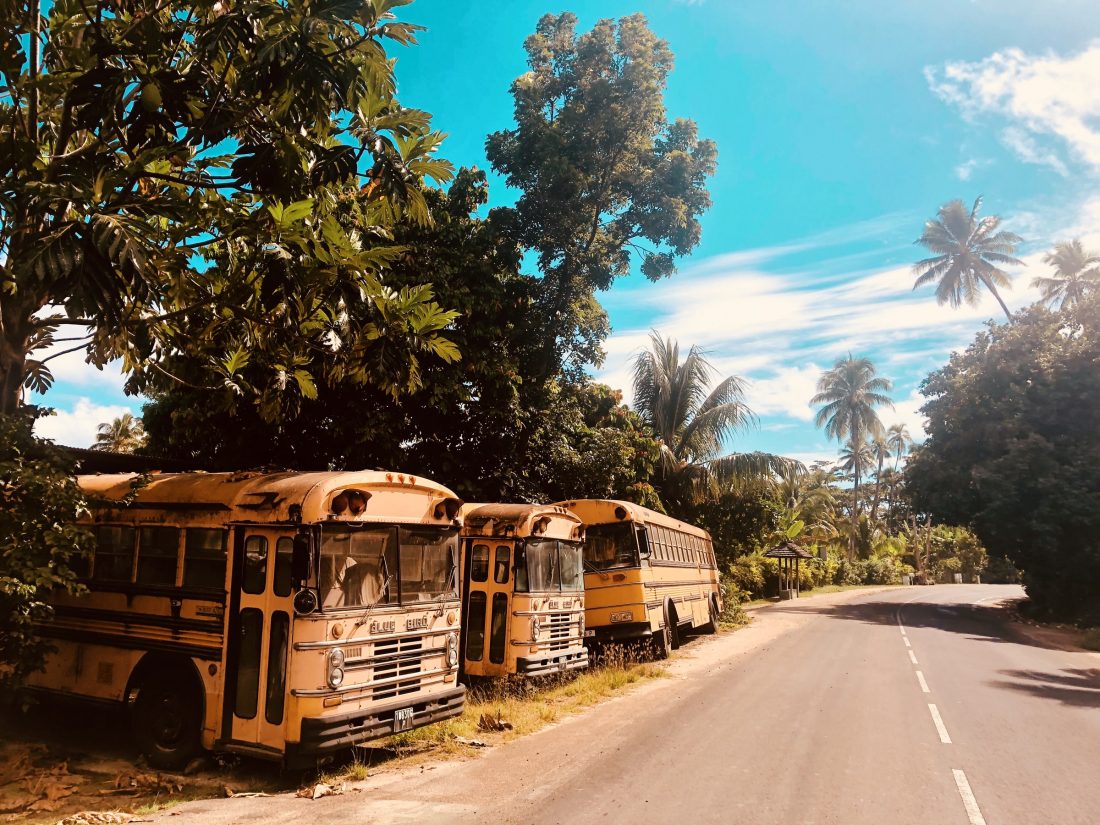
Tahiti is the center of French Polynesia. The island is home to almost 70% of the entire population. Tahiti is also the only island in French Polynesia with an international airport. The island consists of two extinct volcanoes that slowly sink into the sea. This is reflected in the shape of the island. The landscape of Tahiti is mountainous with tropical jungles and a beautiful coastline. This coastline consists largely of sandy beaches and palm trees. The waters around Tahiti are ideal for diving and snorkelling due to the clarity and abundance of coral and fish species. In addition, there are many hotels, bars, museums, restaurants, water sports facilities and markets on the island for tourists. The island has connections by boat and plane to the many surrounding islets, so Tahiti is the perfect starting point to explore the region.
Where is Tahiti? And how do you get there?
Tahiti is not directly accessible from the Netherlands. It is very far away (more than 15.000 kilometers!), you will have to change planes at least once, but usually even twice to get there.
Tip:: Search for flights from the Netherlands to Tahiti via the special Tahiti page from Skyscanner.


Tahiti is located in the middle of the South Pacific Ocean. The fastest route to Tahiti from the Netherlands is via Los Angeles in the USA† Yet this is not the route that most Dutch people of Europeans select! Many tourists, especially backpackers and world travelers, travel to Tahiti in combination with a tour of New Zealand† From New Zealand, Tahiti can be reached within a few hours of flying and return tickets from Auckland are already available from 400 euros.
Information about Tahiti
- Population: 280.908 inhabitants (2020) – See Worldly | All countries in the world | List of countries + population
- Highest point: 2.241 m (Mount Orohena)
- Distance (Amsterdam – Papeete): 15.548 km
- Flight time: At least 18 hours with at least 1 transfer.
- Continent: Oceania
- Surface: 1.045 km²
- Capital city: Papeete
- Country code: PF, PYF
What is there to see and do in Tahiti?
1. Snorkeling and Diving
It wouldn't be a Pacific country without at least a little snorkeling. Tahiti is no different, with shark snorkeling experiences and plenty of lagoons to explore. The diving is a little more difficult – of Tahiti's 112 islands and atolls, only 11 dive centers can be found. However, they do offer excellent diving opportunities, from fast drifts to impressive wrecks, coral reefs and countless fish and shark species.
Tip: also read this article about diving in French Polynesia at ctheworld.nl: Diving in French Polynesia: these are the four most beautiful dive sites!
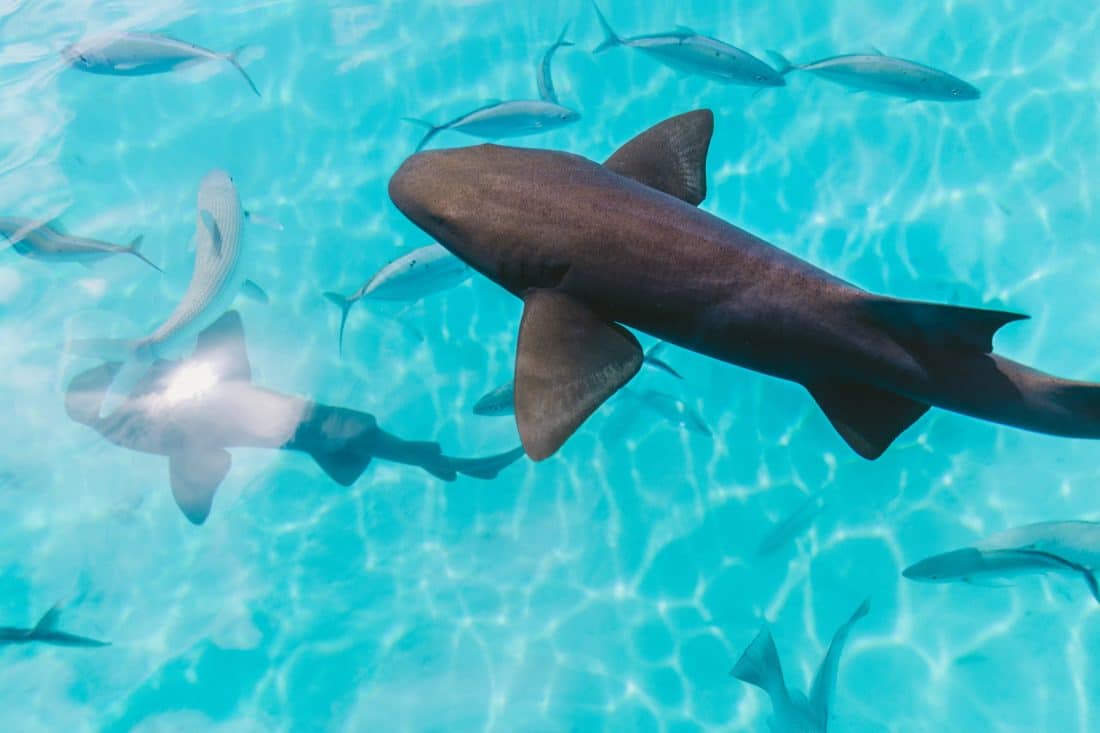
2. Rangiroa Atoll
The Rangiroa Atoll is part of the Tuamotu Archipelago of French Polynesia and is the second largest atoll in the world. Known for its impressive snorkeling and diving sites, there are several resorts where guests can stay on Rangiroa. The name itself means “endless sky” in the local language.
3. Rurutu Island
Rurutu is part of the Australian archipelago, which was initially formed over 12 million years ago. Over time, it has withstood a lot of erosion, creating many caves on the island. Every year between July and October, the humpback whales arrive around this island and can be seen not far from the beach.
4. Tahitian Pearls
The Tahitian black pearls come from the black-lip oyster grown in French Polynesia, but are also easy to find in the wild. These oysters can grow quite large, which means that these pearls can grow larger than many others. A true black Tahitian pearl is very rare as most shades are dark gray and brown.
Also read: The Maldives | 6x fun activities you must have done!

5. Gourmet French Polynesian Cuisine
You may be outside France, but that doesn't mean the cuisine is less French. Like New Caledonia, French Polynesia has its share of top-quality French influences in the food, using local Tahitian ingredients. Many dishes are served with sauces and of course have French names. The national dish is known as poisson cru – a Tahitian version of the raw seafood platter ceviche.
6. Whale watching
Every year, from about June and July to October, humpbacks and other whales come to Polynesia to breed and give birth. Polynesia has been declared a Marine Mammal Sanctuary, so there are strict rules not to disturb the whales. There are a number of tour boats that offer this service to view these impressive and incredible giants of the sea.
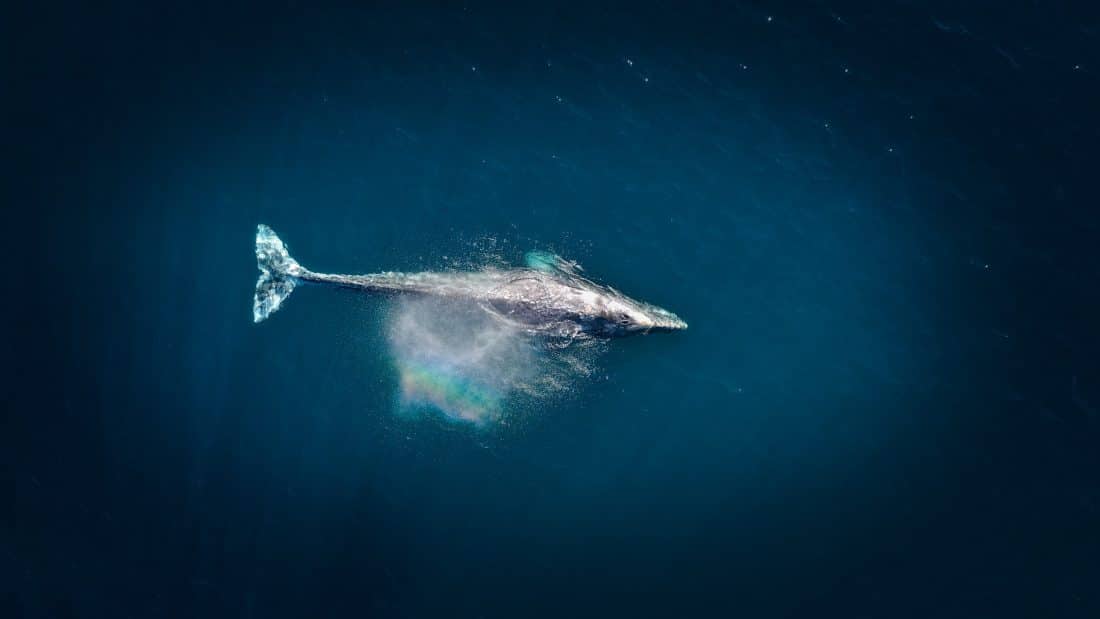
7. Huahine
Huahine is a 40 minute flight from Tahiti and is part of the Society Islands. The island is a tropical jungle and is home to many different plantations. Think coconuts, vanilla and bananas. The island also has the largest concentration of ancient temples in French Polynesia.
8. The Stars of Tahiti
With less than 300.000 people living in French Polynesia, there is little light pollution. Look up after sunset and enjoy some of the famous constellations in the Polynesian sky. When the sky is clear you will see breathtakingly many stars.

9. The Mountains of Tahiti
French Polynesia conjures up images of lagoons and white beaches in everyone. However, the most impressive landscapes in the archipelago are the dramatic mountains, cliffs and peaks. The most famous is Mount Mouaputa on the island of Moorea.

10. Tetiaroa
Surrounded by a shimmering lagoon, it's not hard to see why Tetiaroa is the favorite escape of Tahitian royalty. Many ancient marae or temples still exist on the island, which is now a private resort. Because various conservation programs have been drawn up, the beautiful temples are well preserved.
11. The waterfalls of Tahiti
Tahiti has many natural wonders, for example the waterfalls you will find in many places in the jungle. Most of them require a short walk to reach, but the natural pools at the bottom make it worth it. Les Trois Cascades, the three waterfalls, are the most famous and are also known as the Faarumai Falls.
12. Blow Holes
The Arahoho Blowhole is located on the northeast side of Tahiti Nui. This is where the rugged coastline creates this natural phenomenon. With every major swell of the sea, sea spray blasts through the top of a hole in the rocks with great force.
13. Endless Lagoons
The beautiful lagoons of French Polynesia are what make this place so famous. Especially when you imagine the overwater bungalows of Bora Bora and Moorea. Dream away as you are surrounded by a calm, turquoise sea. Found in the Tuamotu archipelago, Rangiroa has the largest lagoon in French Polynesia. Snorkeling here is a holiday in itself.

14. Mt Otemanu
While most visitors think of idyllic ocean views, Bora Bora has another incredible beauty: Mt Otemanu. This impressive peak contrasts sharply with the flat harbor of the lagoon. Hop in a helicopter for an aerial view of the ancient volcano or hire a guide and get sweaty as you try to climb as high as you can.
15.Jungle Tours
If relaxing in the lagoon sounds a little boring, a jungle trek through the rainforests of Tahiti will keep you on your toes. It's an opportunity to appreciate Tahiti's beautiful diversity, from reef to rainforest. If you like the adventure, book a tour that doesn't start until the sun goes down! Entering the jungle in the dark is a completely different experience than during the day.


16. Motu Teta Island
Motu Teta is a private and exclusive 9-acre island, offering visitors a pristine environment in which to relax, swim, snorkel, kayak, or even windsurf. It is the ultimate retreat for those looking to get away from it all. Always a personal chef on hand to fill hungry tummies. Costs something, but then you also have something!
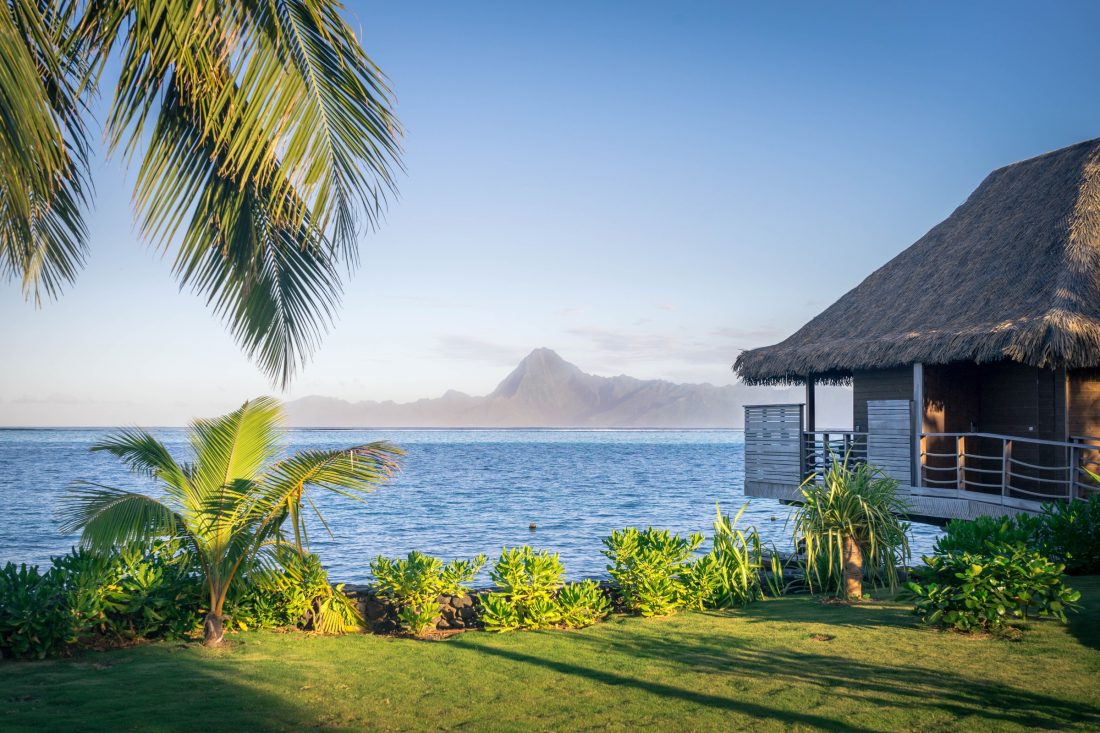
17. Surfing in Tahiti
Tahiti is known for surfing the big waves. Are you ready to challenge even the world's best surf wave? Teahupoo is considered the most dangerous surf breaks in the world. The size, strength, and of course the razor sharp reef below makes it very challenging. Don't worry, if you're not a surfer you can still take a tour boat.
18.Opunohu Bay
Opunohu Bay is located on the spectacular island of Moorea. It is a three kilometer long bay and is less developed than nearby beaches. On calm days, the water resembles a smooth lake, often with dolphins visiting the bay!
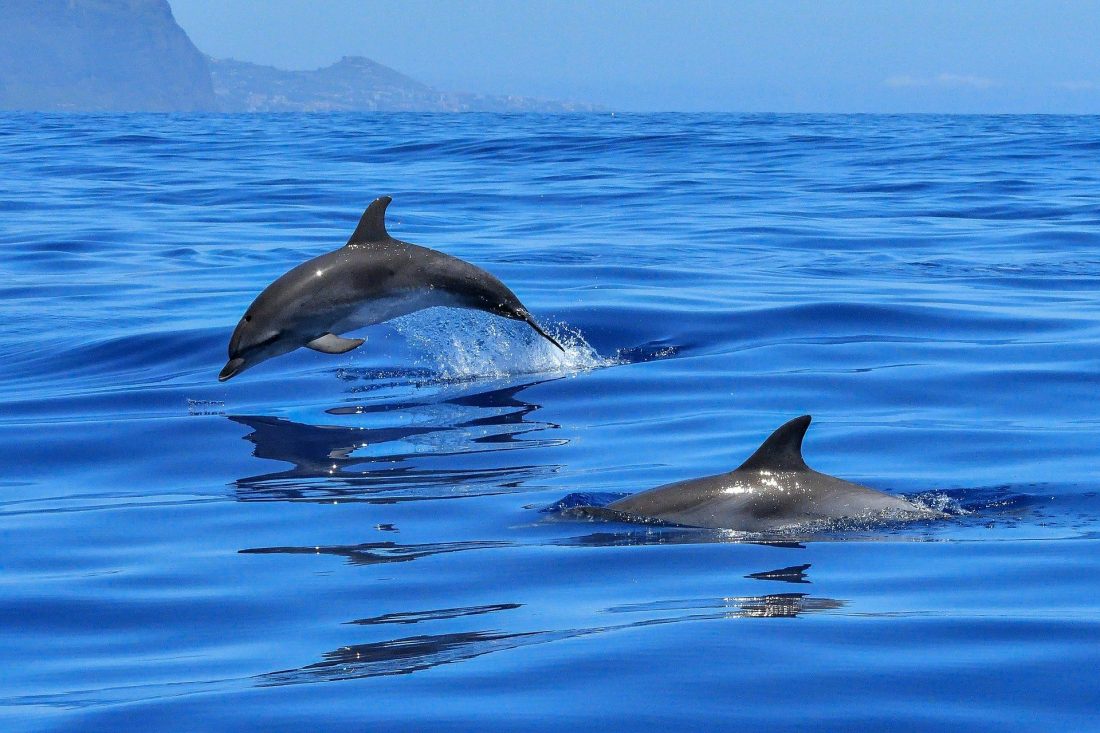
19. Polynesian Culture and Art
Polynesian culture is unique, especially when combined with the French influence. From music and dance to the local cuisine, enjoy these diverse cultures merging as one in Tahiti.
20. Tikehau Atoll
This atoll in the Tuamoto Archipelago is the gateway to some of the best diving sites in French Polynesia. There is more marine life here than people on the island! Overlooking the lagoon with the white and pink powdery sand, there is a feeling of complete isolation. The northeastern part of the atoll is virtually uninhabited.
21. Nuku Hiva
The impressive island is the largest of the Marquesas Islands. With countless natural wonders from waterfalls to natural canyons. The Vaipo Waterfall on Nuku Hiva is the third highest waterfall in the world, dropping from 350 meters.
22. Mt Tohivea
Mt Tohivea is the highest peak of Moorea with an elevation of 1207 meters. Like many of the mountain peaks of French Polynesia, it is a dormant volcano. This can be clearly seen from the capital of Tahiti, Papeete. There are a number of hiking trails around Mt Tohivea, but climbing the mountain itself is virtually impossible.
23.Mana Island
Mana Island is a small island with few facilities, but that's why it's extra cool. On this island you will encounter relatively few tourists and you can really stay with locals. The island has beautiful beaches and a bizarrely beautiful starry sky. The perfect place to experience true French Polynesian culture.
Reading tip: Judith wrote about her wonderful experience with locals on Mana Island on Reismuts.nl.
Wereldreizigers.nl
Practical information for Tahiti
Weather and climate in Tahiti
Tahiti has a tropical climate. Temperatures are around 25 to 30 degrees all year round. In the months of May to November, heavy short rain showers occur, especially in the mountain areas. The current weather (weather forecast) and a forecast for Tahiti can be found at Climateinfo.nl

When is the best time to travel to Tahiti?
The best time to visit Tahiti is between May and October. Although temperatures are mild all year round, Tahiti's winter season has less humidity. Tahiti really only has two distinct seasons: winter brings less rain and pleasant temperatures, while summer – November to April – can be quite hot and humid (especially December), not to mention rainy.
May – October
The months between May and October are Tahiti's dry season. Average temperatures range from 25 to 32 degrees, giving travelers ideal beach weather. In addition, the humidity is the lowest. But there is a downside: it is high season and hotel prices are (extra) high.
November – April
Tahiti's long summer – from November to April – is characterized by humidity, high temperatures and heavy precipitation. In December and January, an average of about 30 centimeters of rain falls every month. On average, the temperatures in these months rise to well above 30 degrees.
What language do they speak in Tahiti?
Maohi (Tahitian) and French are both official languages in Tahiti. In addition, more and more English is spoken due to the ever-growing tourism.
Do you need vaccinations for Tahiti?
Before visiting Tahiti, it is advisable to get one or more vaccinations. For extensive vaccination advice and to make a vaccination appointment at home, please contact Vaccinations While Traveling or the GGD. You can also find out here whether your health insurance will reimburse the vaccination(s).
Vaccinations while traveling is the specialist for travel vaccinations and vaccinations in the Netherlands. The specialized vaccination nurses and doctors advise and vaccinate more than 35.000 travelers every year.
Obtained vaccinations can be put in an official vaccination passport (yellow booklet).
In most cases, the vaccinations can be reimbursed via the health insurance - contact your health insurer for this.
- Low prices
- Often fully reimbursed
- Evenings and weekends
- Yellow booklet / passport
- Locations throughout the Netherlands
What is the time difference with Tahiti?
During our summer time it is 12 hours earlier in Tahiti. During our winter time it is 11 hours earlier in Tahiti. Tahiti has no difference between winter time and summer time.













